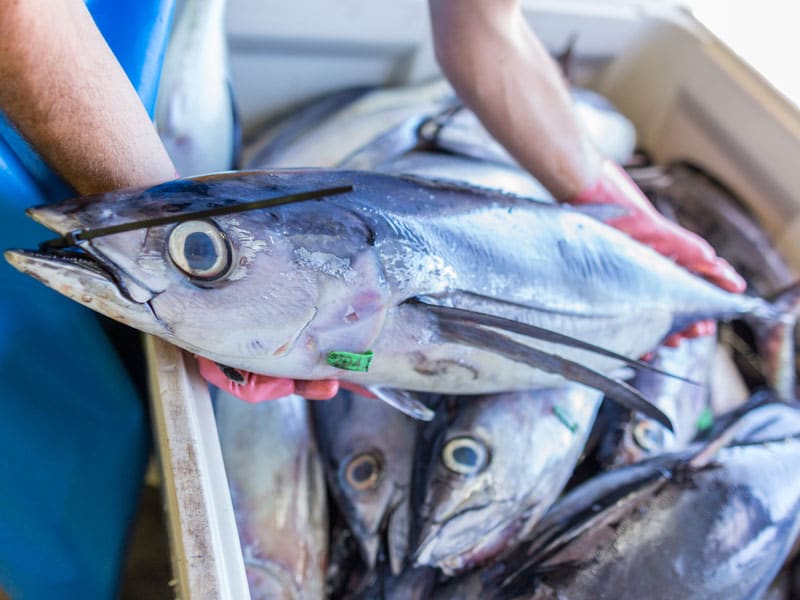Sustainable Seafood Week: protecting NZ’s oceans
2 min read
NZ Sustainable Seafood Week is from will run from 12 to 18 October 2020. Photo: supplied
The Marine Stewardship Council (MSC) is launching New Zealand’s first-ever Sustainable Seafood Week to celebrate the leadership of MSC-certified fisheries in Aotearoa while empowering Kiwis to choose sustainable seafood to ensure seafood for generations to come.
The campaign will run from 12 to 18 October 2020.
Research commissioned by MSC, an independent and international, science-based not-for-profit that tackles overfishing, revealed that 84% of New Zealanders are willing to take action to protect fish and seafood in the future, and 89% want to be confident that they are not buying unsustainable fish or seafood.
“Enabling New Zealanders and consumers around the world to make informed choices is a key focus for the Marine Stewardship Council,” said Anne Gabriel, programme director, Oceania and Singapore at MSC.
“MSC sets globally-recognised, science-based standards for sustainable fishing and seafood traceability, using its world-renowned MSC blue fish tick label. If you are unsure about a product’s origins ask the supplier, be it a supermarket, fishmonger or restaurant.”
The MSC blue tick on a seafood product indicates that it comes from a wild-catch fishery independently certified to the MSC’s science-based standard for environmentally sustainable fishing, and it can be traced back to an MSC certified sustainable fishery.
A third of fish stocks are still being overfished while a third of global seafood harvest is wasted, according to the State of World Fisheries and Aquaculture 2020: Sustainability in Action report.
The report adds that while seafood production is at an all-time high, consumption is growing faster than ever.
MSC says that to date, almost half of New Zealand’s marine wild catch (by volume) is certified to the MSC Fisheries Standard for sustainability, significantly higher than the global average of 17%. This includes eight species – hoki, hake, ling, southern blue whiting, orange roughy, toothfish, albacore tuna, and skipjack tuna.
“New Zealand produces some of the world’s most enviable and diverse seafood, which is something to be celebrated and protected. By being more informed, we can ensure seafood and fish is available for not only our children but our children’s children,” Gabriel said.
The MSC is also helping to educate future generations, with curriculum resources about sustainable oceans in New Zealand entitled Te Kawa O Tangaroa – Tangaroa’s World. It includes resources for primary through to secondary school pupils with materials that cover geography and biology, the marine ecosystem and its food chains, why overfishing is harmful, and the global fish trade and food security.
“The younger generations are more aware of protecting the natural world, and this pack is intended to guide them in an engaging way.”



